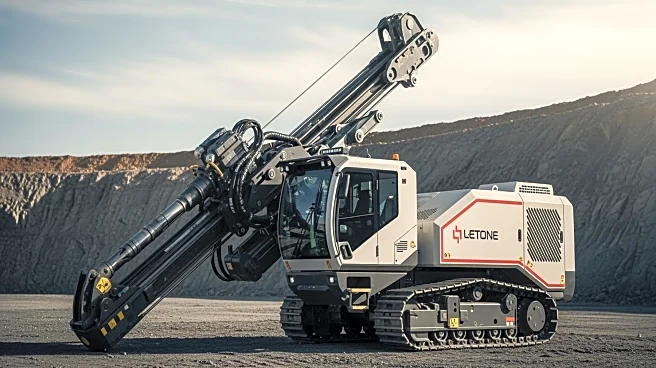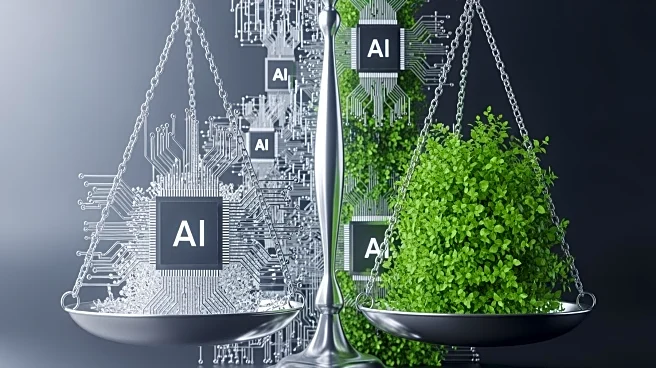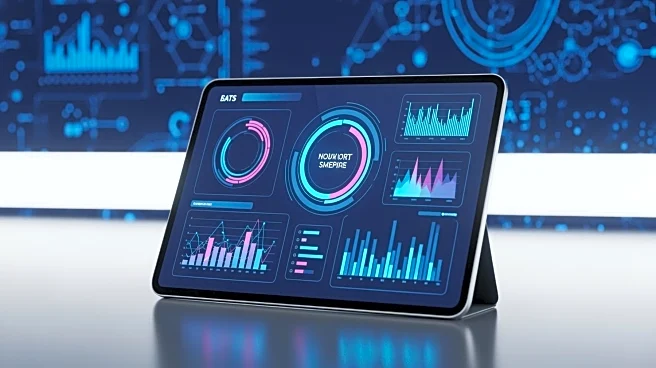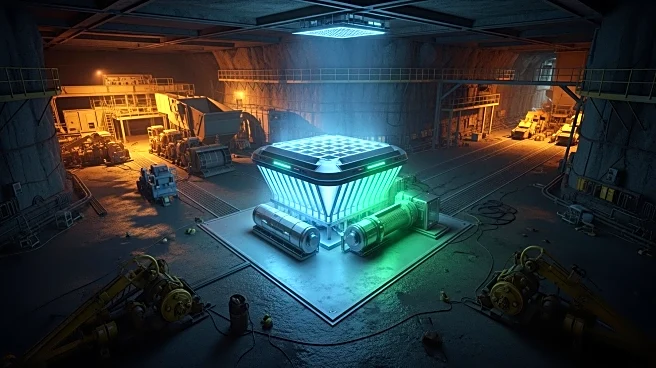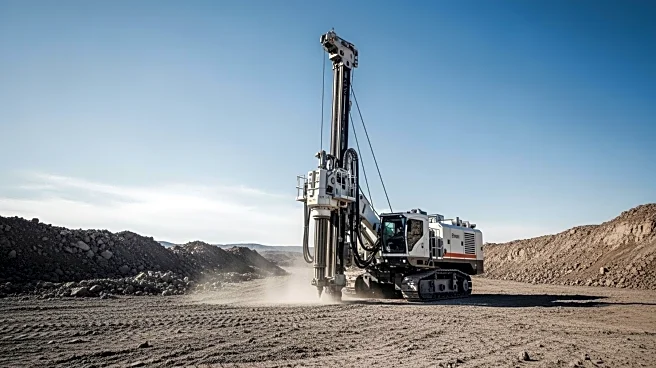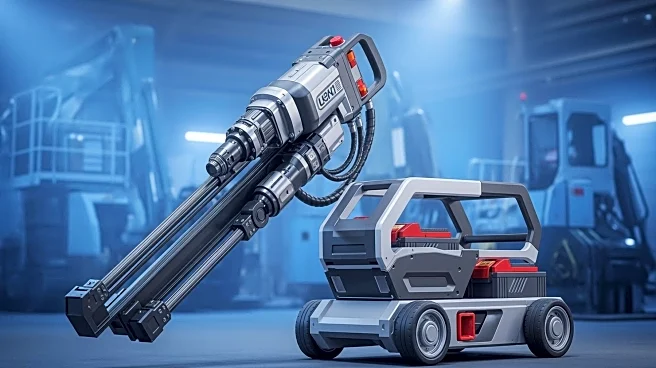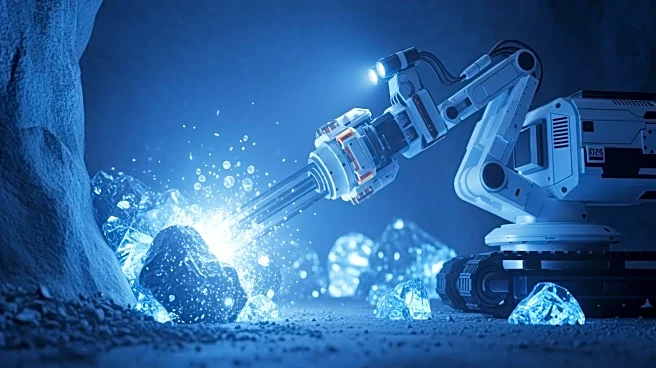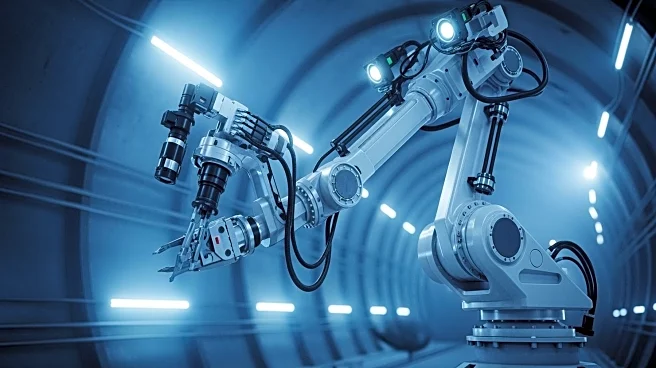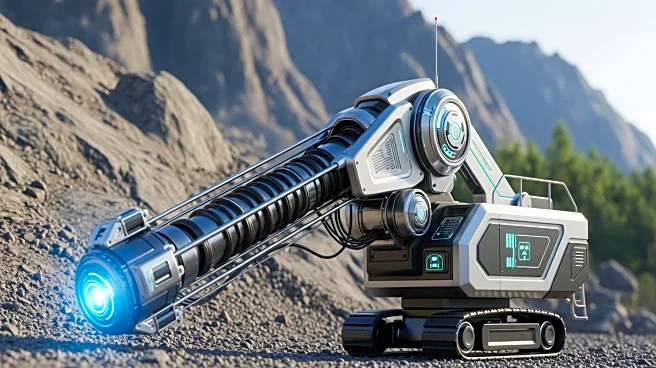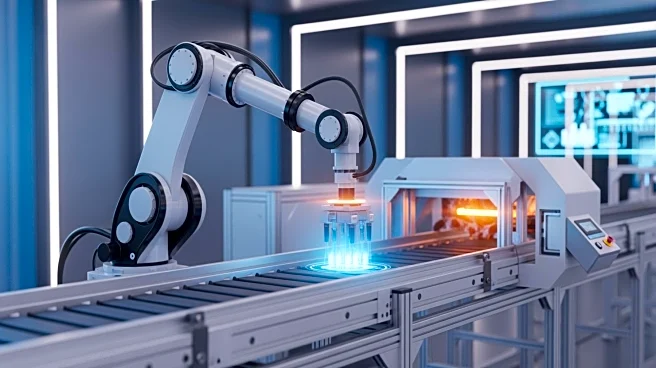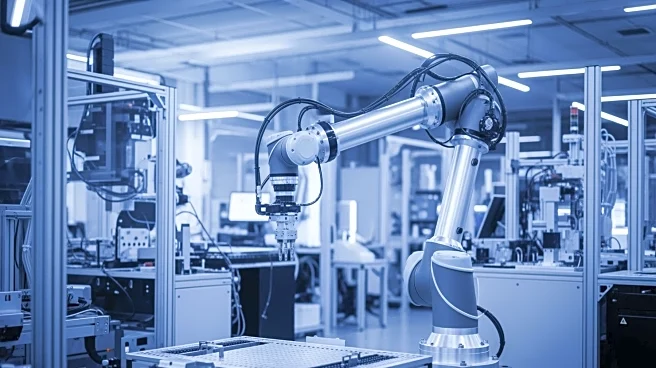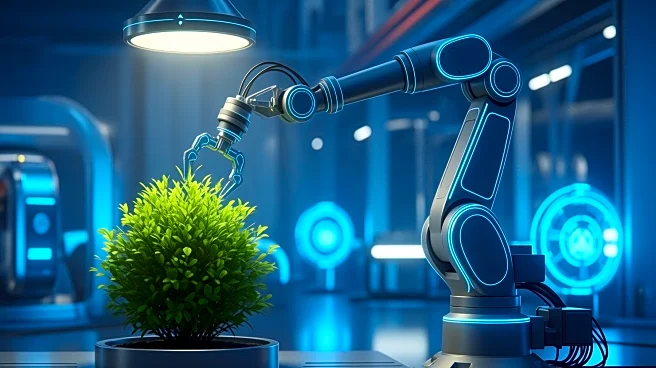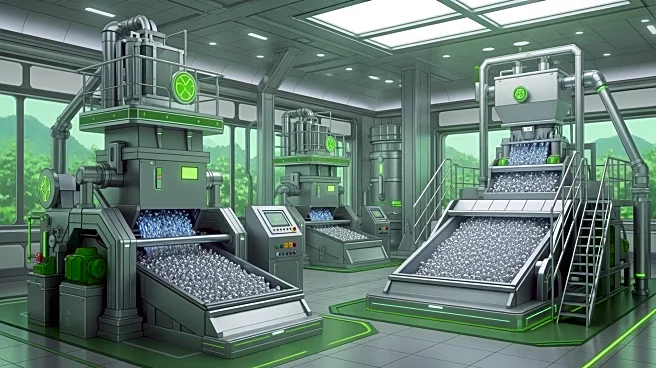What's Happening?
Epiroc's Pit Viper, a surface blasthole drill rig, marks its 25th anniversary, showcasing a decade of autonomous operations. The drill rig has significantly improved productivity and reduced emissions for mining customers globally. Helena Hedblom, Epiroc's President
and CEO, highlights the Pit Viper's reliability in delivering safety, productivity, and energy efficiency. The autonomous operations have led to substantial fuel savings and CO2 emission reductions, equivalent to removing nearly 50,000 passenger vehicles annually. The depth and spatial accuracy of drilled holes have improved, avoiding millions of wasted overdrill meters. The autonomous mode has increased the rig's utilization by 17% compared to manual operations.
Why It's Important?
The advancements in autonomous drilling technology by Epiroc have significant implications for the mining industry, particularly in terms of environmental impact and operational efficiency. The reduction in CO2 emissions aligns with global efforts to combat climate change, while the increased productivity and accuracy can lead to cost savings and improved resource management. Mining companies stand to benefit from reduced operational costs and enhanced safety measures, potentially influencing industry standards and practices. The Pit Viper's success may encourage further investment in autonomous technologies, driving innovation and sustainability in mining operations.
What's Next?
Epiroc's continued upgrades to the Pit Viper suggest ongoing improvements in autonomous drilling technology. As the industry seeks more sustainable practices, the Pit Viper's model could serve as a benchmark for future developments. Mining companies may explore similar technologies to enhance their operations, potentially leading to broader adoption of autonomous systems. Stakeholders, including environmental groups and industry leaders, may engage in discussions on the role of technology in reducing mining's environmental footprint.
Beyond the Headlines
The Pit Viper's autonomous capabilities raise questions about the future of labor in the mining industry. As technology advances, there may be shifts in workforce requirements, emphasizing technical skills over traditional roles. This transition could impact employment patterns and necessitate retraining programs. Additionally, the ethical considerations of automation in industries traditionally reliant on human labor may spark debates on the balance between technological progress and job preservation.
